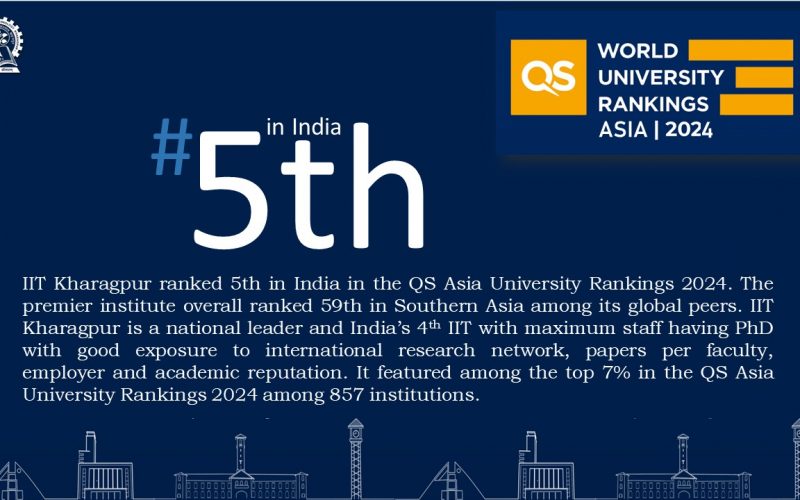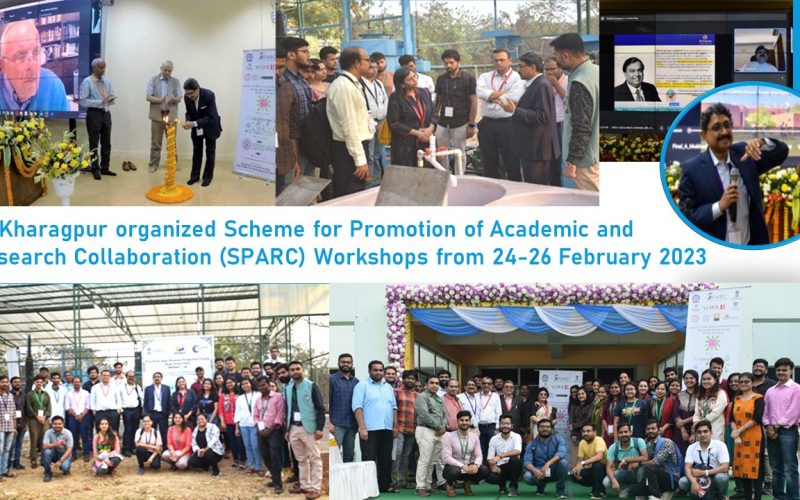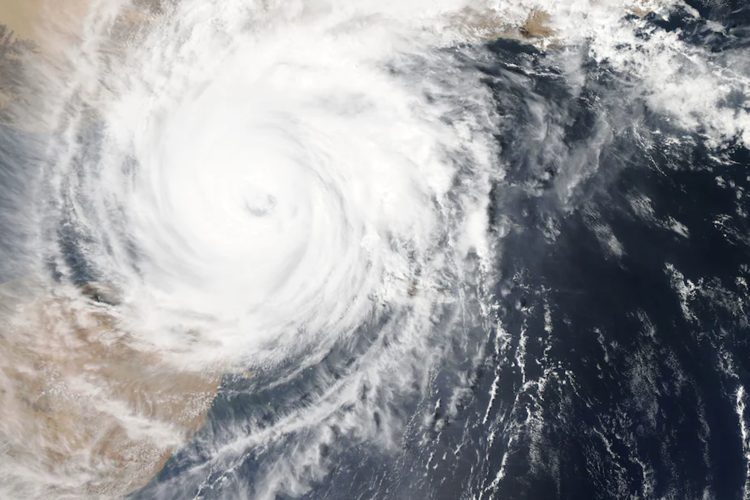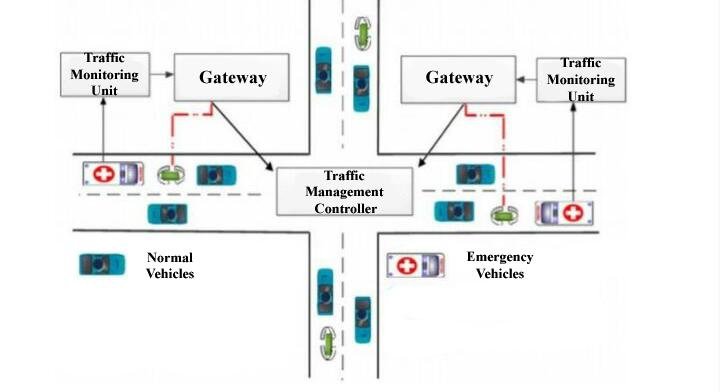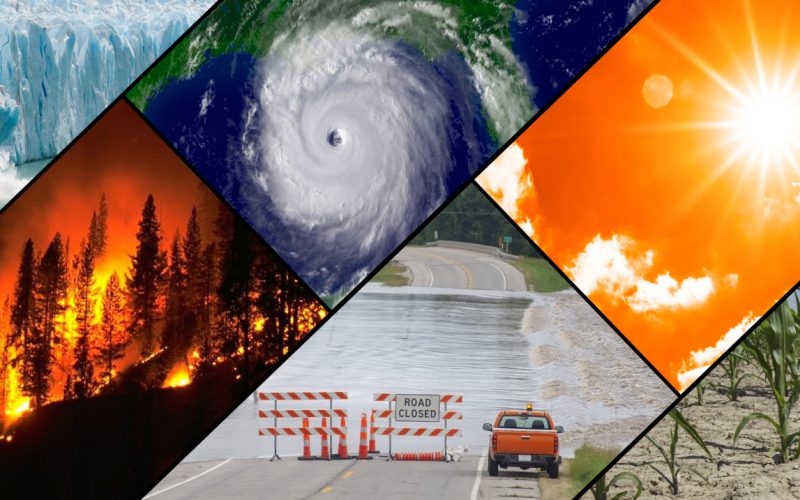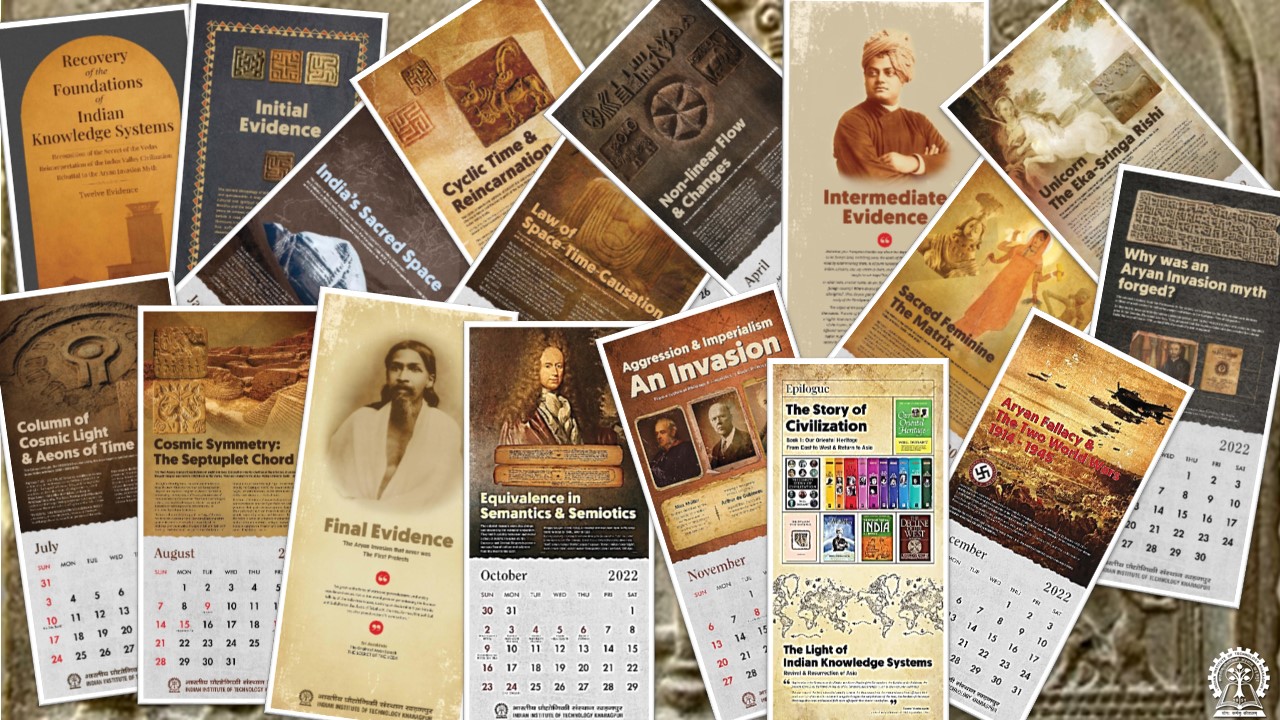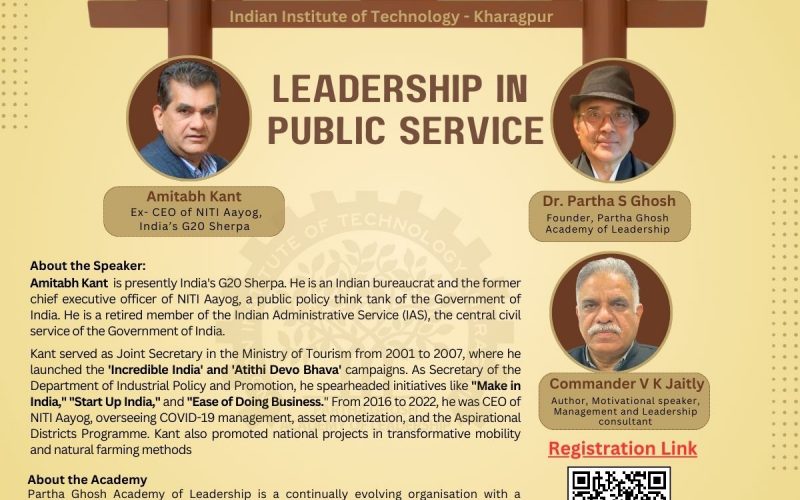
Exploring the Leadership Role in Public Service
Partha Ghosh Academy of Leadership (PGAL) at IIT Kharagpur is back again with a Leadership Talk Series and this time with the most renowned and celebrated leaders of time, Mr. Amitabh Kant, Ex-CEO of NITI Aayog and India's G-20 Sherpa who will speak on Leadership in Public Service on 28th May 2024. He is the man who is an exceptional bureaucrat and a driving force behind transformative initiatives such as 'Make in India,' 'Start Up India,' and 'Ease of Doing Business.' His deep understanding of ethical leadership, inclusive policymaking, and innovative mobility solutions has positioned him as one of India’s…



